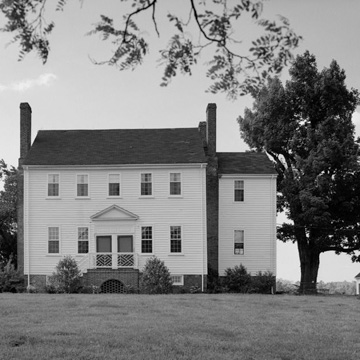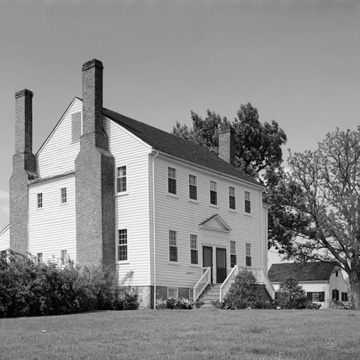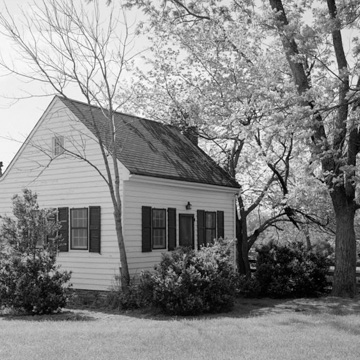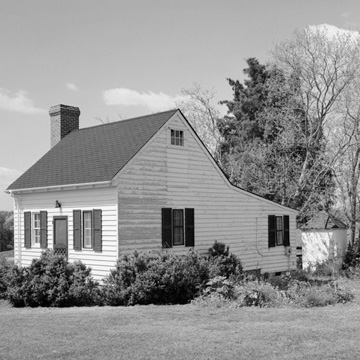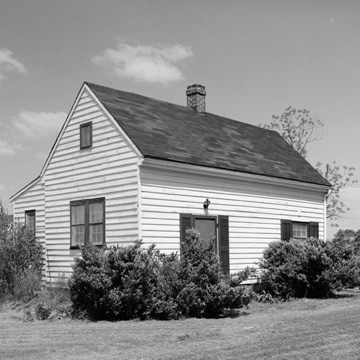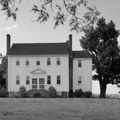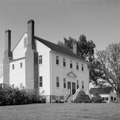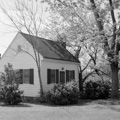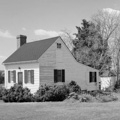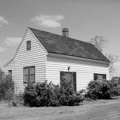A 14,000-acre bowl of extremely fertile pastures and fields stands in contrast to the thin soil and scrub pine of the surrounding hills. The area was settled in 1722 and today still retains much of the agricultural feel of the mid-nineteenth
You are here
Green Springs National Historic Landmark District
Bounded by U.S. 15 and U.S. 22 (between Boswell's Tavern and Zion Crossroads)
If SAH Archipedia has been useful to you, please consider supporting it.
SAH Archipedia tells the story of the United States through its buildings, landscapes, and cities. This freely available resource empowers the public with authoritative knowledge that deepens their understanding and appreciation of the built environment. But the Society of Architectural Historians, which created SAH Archipedia with University of Virginia Press, needs your support to maintain the high-caliber research, writing, photography, cartography, editing, design, and programming that make SAH Archipedia a trusted online resource available to all who value the history of place, heritage tourism, and learning.





